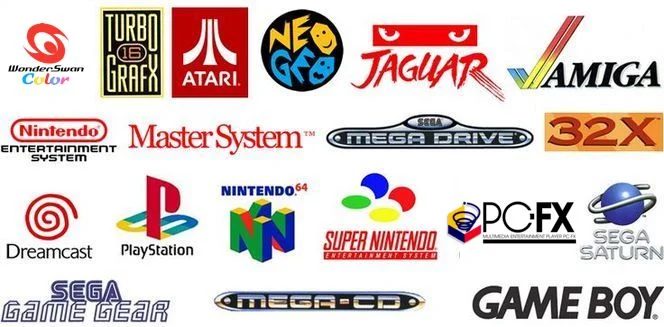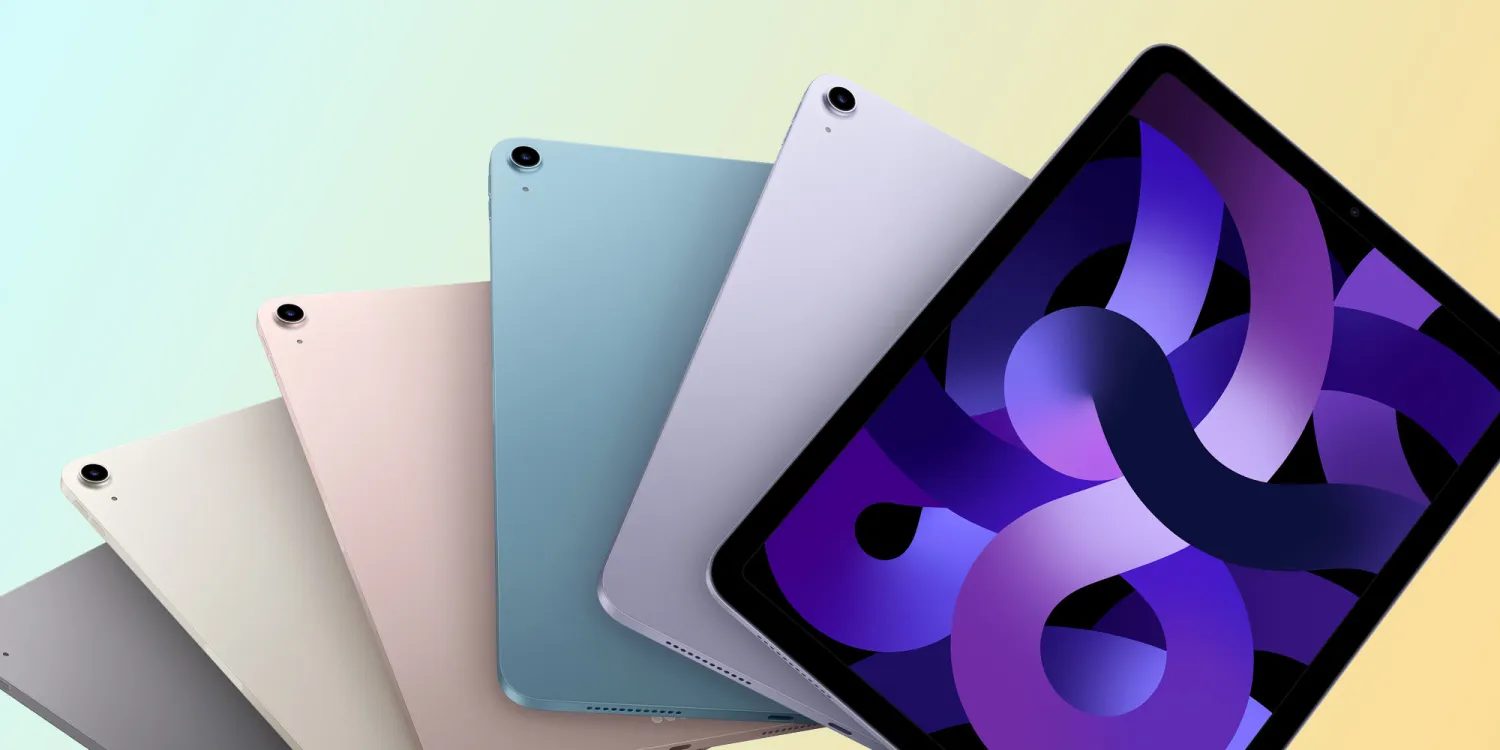
How Chinese Smartphone Manufacturers ‘Reappropriate’ the Best Parts of Apple and Android
Increasing advancements of Chinese smartphone hardware have begun to blur the line between flagship devices from companies such as Apple and Samsung with those of companies like Huawei, Oppo, and Vivo.

A new report from The Verge sheds light on Chinese phone software that attempts to take the best of iOS and Android and create a China-specific operating system for its users.
Since Google Play services are blocked in China, phone companies need to use Android’s ASOP (Android Open Source Project) to create their own version. Basically, Chinese phone manufacturers create devices that run entirely new operating systems that happen to support Android apps. :
The problem for Chinese handset makers, of course, is that all of those services are blocked in China, so supplementing open-source Android with Google software simply isn’t an option. If you’re a Chinese phone company that wants to sell to Chinese customers, the most sensible thing to do is use AOSP as a software base for compatibility with the world’s most popular operating system, then build China-specific features, services, and an app store on top of that. Then, you think about the rest of the world. Maybe.
The report uses Xaomi’s version of Android — MIUI (pronounced “me-you-eye”) — as such an example, explaining how is first gained users in the aftermarket ROM scene a year before the aformentioned company released its first smartphone.
Xiaomi says it doesn’t distinguish between Chinese and foreign users when designing MIUI, but some features are inevitably going to target the company’s home market. To that end, Xiaomi is also responding to its huge success in India with features aimed directly at the country. MIUI 10 has specific integrations with services that are popular in India like Paytm, for example, which can now be operated directly through QR codes in the camera app. The shopping site Flipkart can be opened through links in SMS messages containing order details. There’s also a page of India-specific progressive web apps right inside the browser.
On the other hand, the report notes that another Chinese vendor, Vivo, takes a different approach with its Funtouch OS, which bears uncanny similarities to iOS:
Funtouch OS does have some neat features in its own right, but unlike Xiaomi’s MIUI, they rarely attempt to wrangle with the core of how the phone is operated. Instead, they’re in the spirit of Vivo’s flashy hardware design: a pop-up selfie camera here, an in-display fingerprint sensor there, and a cool picture-in-picture chat feature for games there[…] A Vivo product manager described the philosophy to me, saying, “We don’t innovate for the sake of innovation alone, but instead, we design with the goal of addressing customers’ needs for the best mobile experience.” If those needs are “provide a grid of apps and some familiar controls so that you can use WeChat, browse the internet, listen to music, and take photos,” I would say mission accomplished.
The report notes that the large majority of Chinese phone manufacturers’ camera apps all have an uncanny similarity to the camera app on iOS:
As for the camera apps, it’s really incredible how similar the vast majority are — both to each other and to Apple. Judging by the accuracy and specificity of the rip-offs, the camera app from iOS 7 has a serious claim to being one of the most influential software designs of the past decade[…] But otherwise, only Huawei has succeeded in creating a genuinely new camera app design, which happens to be very good. I consider it penance for the company’s egregious and barely functional rip-off of the iOS share sheet.
OnePlus — the Chinese manufacturer that happens to have the largest following in the United States — stands apart from its Chinese counterparts in its software experience in a number of ways:
OnePlus positions itself as a startup, but it’s closely related to Chinese phone giant Oppo, with which it shares investors and supply chain resources[…] OnePlus’ Oxygen OS, however, is an exercise in restraint. The best feature is its sheer performance. Software optimizations mean that with the exception of Google’s Pixel phones, OnePlus is the only company that can touch the iPhone in terms of responsiveness and smoothness[…] In addition to Oxygen OS, OnePlus develops a version for the Chinese market called Hydrogen OS, which has a mostly similar UI but comes loaded with China-specific features and services to replace the Google equivalents.
While Chinese smartphone hardware and software is still behind the flagships of companies like Apple and Samsung, there is no doubt that it is improving. “The Chinese phone market is a spiraling behemoth of innovation and audacity, unlike anything we’ve ever seen,” the report concludes. “If you want to be on board with the already exciting hardware, it’s worth trying to understand the software.”
Read The Verge‘s entire report here.

